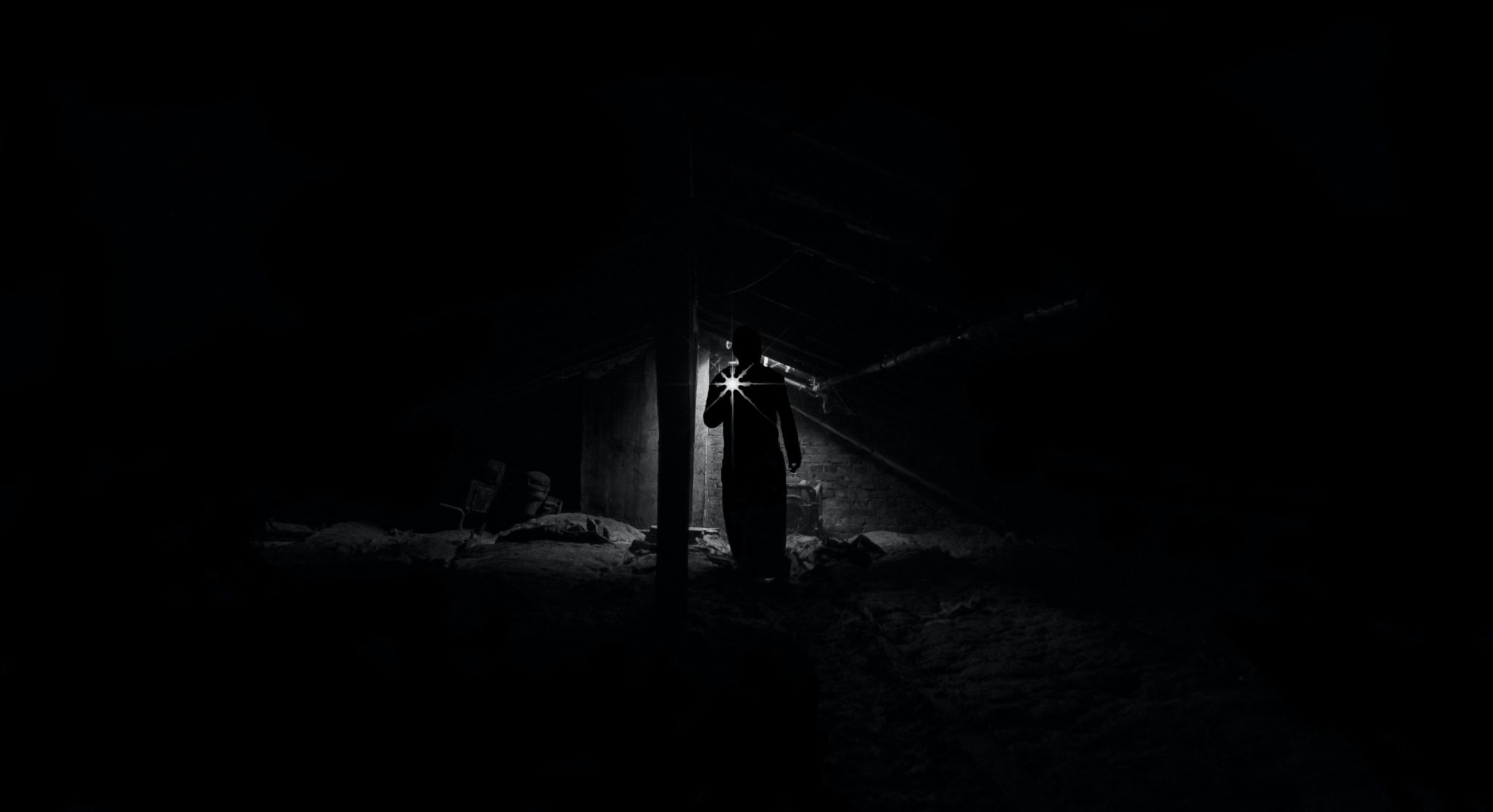Stalking Safety Strategies

Stalkers can be unpredictable and dangerous. Whether in-person or through the use of technology, stalkers use a variety of strategies to invade the lives of their victims. Most stalkers use multiple tactics and can escalate their behavior(s) at any time.
You have no control over the stalker’s behavior and are not responsible for what they do. However, it can be useful to think of steps you might take to keep yourself and loved ones safe. This process is called safety planning.
Though victims can make safety plans on their own, Navigators are available at Palomar to assist you. The guidance below is intended for general informational purposes only and is not designed to replace a personalized safety plan created with the assistance of a professional. The suggestions below are also not exhaustive. You are the expert on your own life and you know best what options might be possible or feasible.
Safety Planning: Basic Considerations
- Trust your instincts. Many victims of stalking feel pressured by friends or families to simply
ignore the stalker’s behavior or “just tell them off.” Stalkers are dangerous and your fear is justified. - Your safety plan should evolve, change, and adapt as the stalking situation changes.
- As much as possible, don’t only plan around what has already happened – also think about what
might happen next (for example, “if X happens, I will do Y”) - Consider or try to anticipate how the stalker may react to any changes you may make, so you
can further plan for your safety. Stalkers often escalate their behavior when the victim reacts (for
example, if you block them on social media, they might start showing up at your home). - Victims must balance their need to live normal lives with their concerns over safety. Only you can
decide what tradeoffs are realistic and appropriate for you.
General Safety Strategies
- Working with a Navigator to develop a safety plan.
- Notifying the police, especially if you feel you are in any immediate danger. You can explain to
the police why some actions that might seem harmless (like the stalker driving by your house or
leaving you a gift) are causing you fear. - Ceasing any further communication with the stalker. Many stalkers perceive any contact, even
negative contact, to be a reinforcement (more information on this below). - Keeping a log of every stalking incident including the date, time, what happened, and the names and phone numbers of any witnesses. Documentation is key to understanding the scope of the situation, safety planning, and/or holding the offender accountable.
- Varying your daily routine periodically – routes to and from work/school, the grocery store, or other places you regularly go.
- Telling your family, friends, and neighbors that you are being stalked and instruct them on what they should do if the stalker contacts them.
- Seeking a protective order. (Contact us for assistance.)
Safety Planning: Stopping Communication with the Stalker
Consider cutting off any and all communication with the stalker. Many stalkers misinterpret any contact (even negative contact) as encouragement.
Some victims feel that they should ensure the stalker knows that the contact is unwanted. If that is true for your situation, you may consider telling the stalker once – and only once – that you do not want any contact. After that, it is important to consider cutting all ties with the stalker, including not answering messages or calls.
Some examples of how to express your desire for no contact include:
- “I am not interested in having a relationship with you. Do not contact me ever again.”
- “Do not call, stop by, text, or contact me in any way whatsoever.”
- “I do not want you to contact me in any way. If you continue to do so – or if you are on my property, or follow me – I will call the police.”
- “I am ending this relationship. I am not going to change my mind. Do not contact me again. I do not want to have any communication with you, in any form. If you try to contact me, I will call the police/take legal action.”
While disengagement is advisable, it is not always possible or realistic to cease all communication. Some victims feel safer by communicating with their stalkers to gain information on the stalker’s mood and plans. Some victims must maintain contact with their stalker due to shared custody of their children. It is important to understand how continued contact can impact an order of protection or a criminal case, so discuss this with the professional who is assisting you with your safety planning.
Safety Planning: Additional Tips
| Safety Planning for Workplace and School | ||
|---|---|---|
| Stalkers may: | Safety Planning Tips | Documentation Strategies |
| Follow you to, from or around the location | Give a picture of the stalker to security and friends at work and school | Save any voicemails, text messages and e-mails |
| Consider changing routes to and from work/school | ||
| Contact colleagues about you | Adjust hours (if possible) | |
| Show up | Have a colleague or security guard walk you to your car/transportation | Work with building security to acquire any records/logs of the stalker being present on campus/at work |
| Contact you by phone, text or e-mail while you are at work/school | Make sure your school/work knows not to provide your contact information | |
| If you have a protective order against the stalker, keep a copy of your protective order with you AND provide a copy to security and/or other officials at your work/school | ||
| Safety Planning for Home | ||
|---|---|---|
| Stalkers may: | Safety Planning Tips | Documentation Strategies |
| Follow you to, from or around your home | Inform neighbors and/or apartment managers about the situation. Provide a photo/description of the stalker as well as a photo of the stalker’s vehicle. | Consider installing your own camera (depending on your state law) to capture evidence of the stalker’s behaviors |
| Invade your home | ||
| Damage your property | Pack a bag with important items in case you need to leave quickly | |
| Hack into wireless networks or home devices | ||
| Disconnect power/cable/internet service | Identify escape routes out of your house. Teach them to your children. | Photograph evidence of property damage |
| Send gifts or mail | Change locks and upgrade home security system, if possible | |
| Install cameras to monitor you | ||
| Safety Planning Around Technology | ||
|---|---|---|
| Stalkers may: | Safety Planning Tips | Documentation Strategies |
| Constantly contact their victim: phone calls, text messages, online messages | Update passwords to accounts frequently | Take screenshots of all text or internet communications with the stalker. Consider apps that can assist you in taking screenshots of long text conversations. |
| Change answers to your security questions so that the stalker is not able to reset your password or gain access to the account | ||
| Track/monitor through GPS, SpyWare and/or social media | Adjust default settings on phone, apps and websites so that your location is not automatically shared | Get a second camera to capture messages and/or photos that disappear or might notify the sender when a screenshot is taken |
| Impersonate victims online (for example, creating fake profiles) | Do an internet search on your name to make sure none of your personal information is posted by others. If you find information posted about you, notify the site’s webmaster immediately and request that the information be removed | Get phone records from your phone company to demonstrate frequent calls |
| Hack into accounts | Don’t give out your online identification information | Keep track of the stalker’s behaviors by writing down every incident in the Documentation Log below |
| Share private or personal images with others | Use another, safer device (for example, a friend’s phone, the computer at a library) | |
| Film or photograph the victim without their consent | Acquire a new device (if feasible) | Learn more at NNEDV Safety Net (https://www.techsafety.org/resources-survivors) |
Safety Planning Resources
Get Help Safety Planning
Palomar: 405-552-1010
24-hour Safeline: 1-800-522-SAFE (7233)
Love is Respect Interactive Guide to Safety Planning: https://www.loveisrespect.org/for-yourself/safety-planning/interactive-safety-plan/
Documentation Log
Safety Planning Around Technology
https://www.techsafety.org/resources-survivors
https://techsafetyapp.org/home
Source
https://www.stalkingawareness.org/wp-content/uploads/2018/11/Safety-Strategies.pdf


